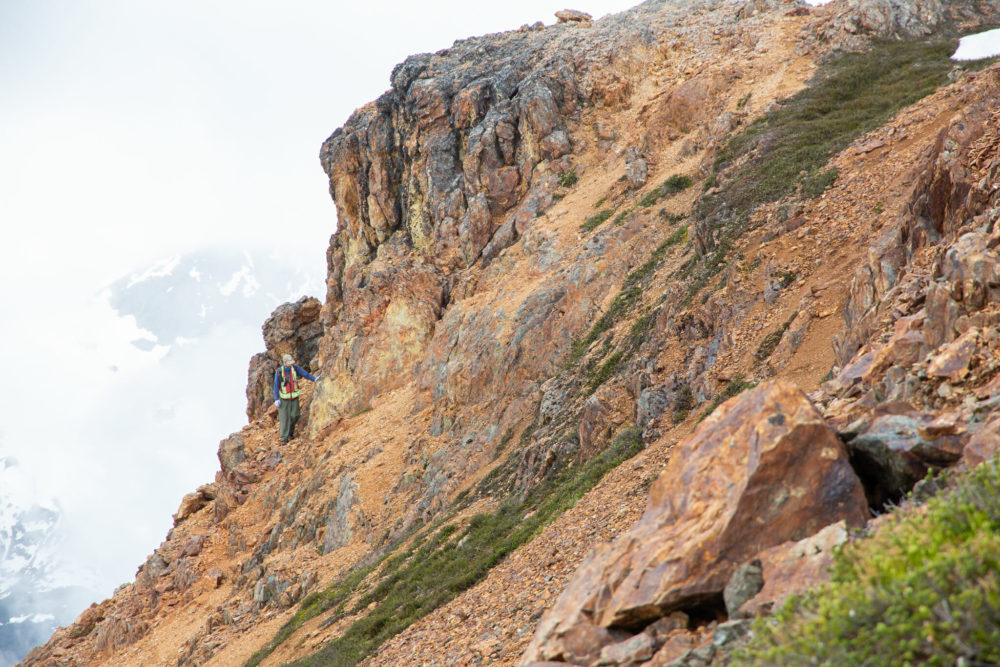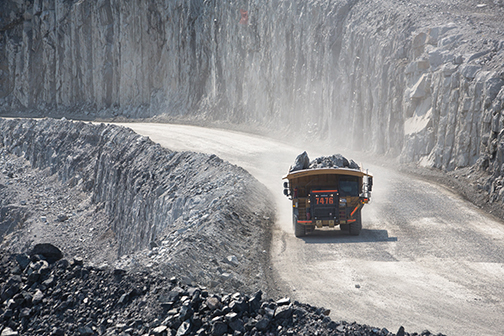Yukon Zinc Corp
othing says success in mining more than the sight of a processing plant and that’s exactly what Yukon Zinc now has operating at its Wolverine Mine located 280 km northeast of Whitehorse. The Wolverine Mine is located in the Finlayson District, a well known volcanic massive sulphide deposit area known to host numerous copper-lead-zinc-silver-gold deposits. With continued support from China-based owners Jinduicheng Molybdenum Group Co., Ltd., and Northwest Non Ferrous International Investment Company Ltd., Wolverine was constructed over an 18 month period.
A year ago, the site was quite different as construction crews were pouring concrete but now, the Wolverine Mine is up and running and its processing plant has been commissioned using surface ore stockpiles to produce zinc, copper and lead concentrates.
The mill processing facility will operate at approximately 30% at the start of 2011 and Yukon Zinc plans to increase these levels to the design capacity of 1700 tpd by the end of the year.
Testing, geotechnical modelling and continued enhancement of safety systems and procedures are ongoing with mining and development underground, and Yukon Zinc has also completed ground stabilization works in the main ramp and accesses.
Yukon Zinc has contributed to employment in the area. Yukoners submitted 18% of the applications received for positions available at Wolverine last year, resulting in 25% of the total hires. Currently there are 102 staff directly employed by Yukon Zinc at the mine and that number is expected to increase to approximately 190 this year as production ramps up.
The Mine is situated within the Kaska Traditional Territory and Yukon Zinc works primarily with the two Yukon Kaska First Nation bands; the Ross River Dena Council and Liard First Nation (Watson Lake). On behalf of all Kaska, the Ross River Dena Council oversees the implementation of the Socio-economic Participation Agreement, which provides the foundation for maximizing social, employment and economic benefits. As a result of continuous training and development on site, 11 local Kaska First Nation members have received promotions. Through Kaska joint venture contracts with site contractors, direct financial benefits during the main development period amounted to approximately $4 million.
In addition to the construction of the mill and crusher process facilities, various infrastructure including the building of a 19-m high tailings dam to provide 665,000 m3 initial storage capacity, installation of power generating capacity on site in excess of 10MW, fuel storage facility (450,000 L), and construction of a 240-person main camp was completed.
Access to the 107 km2 Wolverine property is made possible by a mine road that connects with the Robert Campbell Highway some 26 km to the east and by aircraft to the mine’s 1200-m long all-season gravel airstrip. Improvements to both road and airstrip were also completed in 2010.
As mentioned at the outset, Yukon Zinc’s Wolverine Mine has come a long way in the past year and in October 2010 trucks started hauling concentrate from Wolverine south through Watson Lake to the port at Stewart, BC, en-route to foreign markets.
BC’s Highway 37 is going to become a popular route thanks to Yukon Zinc and its Wolverine Mine.





Comments